What is a fire resistant safe?
It is often thought that every safe is fire resistant. That is possible, but not by definition. A safe is only truly fire resistant if it has been tested and certified according to a fire-resistant standard.
In this blog article we will discuss what kind of safe a fire resistant safe is, what you can expect from it and what you should pay attention to during purchase. We also discuss the various standards for fire-resistant safes. There are also (major) differences in this. If in doubt, always contact the specialist.
1. What is a fire resistant safe?
A fire resistant safe is a safe that protects paper, digital and data media against the consequences of a fire for a certain period of time:
- Temperature
- Moisture
- Debris
Wall-mounted fire-resistant safe
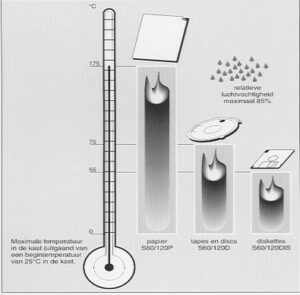 The wall construction of a fire-resistant safe is of crucial importance. It must withstand the heat during a fire to protect the contents of the safe.
The wall construction of a fire-resistant safe is of crucial importance. It must withstand the heat during a fire to protect the contents of the safe.
Depending on the items stored in the safe, the temperature should not exceed:
- 177 ° C for paper such as documents, files, contracts, certificates, diplomas
- 75 ° C for data media such as USB stick, DVDs, CDs, memory cards
- 52 ° C for data media such as backup tapes, floppies
For digital and data media, the relative humidity must not exceed 85%.
Originally, manufacturers produced "P", "D" and "DIS" fire resistant safes to protect the above media in a fire. Because different plastics are used in USB sticks, memory cards, etc. and they can deform above 52 ° C, a "DIS" fire resistant safe is always recommended. This has resulted in manufacturers phasing out the "D" fireproof safes.
In practical terms, we are still talking about 2 types of fire-resistant safes:
Note
Designation "P" and "DIS" are the result of European Standard EN 1047-1. Other standards use a different designation for fire-resistant safes for paper and data media. See 3. table fire resistant standards for the indications per standard.
2. How is the fire resistance of a safe measured?
There are several tests that are performed on fire resistant safes to measure fire safety.
Fire endurance test
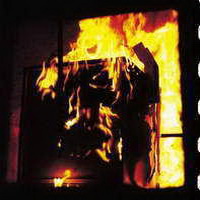 A very serious fire is simulated during the fire duration test.
A very serious fire is simulated during the fire duration test.
- Phase 1: The safe is fitted with thermocouples (temperature meters) on the inside, placed in the oven and exposed to very high temperatures. For the test period, the temperature is between 850 ° C - 1100 ° C *.
- Stage 2: The safe remains in the oven until the thermocouples register a visible temperature drop. During this phase, the internal temperature must be maintained below 177 ° C. Once cooled, the safe contents are checked for usability.
* Temperature depends on test performed. See table fire resistant standards.
Fire drop test
During the fire drop test, the strength (power) of the safe is measured to withstand the simulated effect of falling through a burning and collapsing building.
- Phase 1: The safe is fitted with thermocouples (temperature meters) on the inside, placed in the oven and exposed to a temperature of approximately 1000 ° C.
- Phase 2: The safe is taken out of the oven, lifted to a height of approximately 4 or 9 meters * and dropped onto a bed of rubble.
- Stage 3: The safe is immediately returned to the oven for another 30 minutes.
- Stage 4: The safe remains in the oven until the thermocouples register a visible drop in temperature. During this phase, the internal temperature must be maintained below 177 ° C. Once cooled, the safe contents are checked for usability.
* Height depends on the test performed. See table fire resistant standards.
Test institutes
Internationally, there are a number of leading test institutes, these are:
- VdS, Germany
- SP, Sweden
- UL, United States
- JIS, Japan
VdS and SP are approved and accredited by ESSA to issue ECB.S certificates.
Other fire tests / test institutes include:
- ETL, United States
- KS, South Korea
- GB16810-1997, China
Contrary to testing burglar-resistant safes, testing fire-resistant safes is not a human intervention. However, this does not mean that all test institutes can simply be compared with each other. The highest requirements are also placed on ECB.S certified safes during a fire test.
In-house fire test
For product development, manufacturers test their products themselves to determine performance and optimize safes. In itself fine, but such tests are not under the independent and controlled supervision of neutral institutes.
3. Table fire resistant standards
The following standards are applied internationally. If one of these tests is carried out by a VdS, SP, UL or JIS), a correct execution of the fire test is ensured. The test results are reliable. Independent experts recommend a fire-resistant safe certified to one of these standards and test institutes.
| Norm | Temperature duration test | Drop test | Paper | Data Media |
| EN 104701 | 1090 ° C | Yes, 9.15m |
|
|
| EN 15659 | 850 ° C | No |
|
N / A. |
| UL 72 | 1000 ° C | Yes, 9m (optional) |
|
|
| JIS (S1037) | 927 ° C | Yes, 4m |
|
N / A. |
| NT Fire 017 | 1090 ° C | No |
|
|
Attention!
The following standards are applied nationally or locally by, for example, manufacturer or supplier. Testing is also done as "in-house testing" for eg product development. Today, there are many products on the market with these labels and certification. They are real tests, but not independent and not checked. If you do not want to take any risks with the choice of a fire resistant safe for the safe storage of your personal belongings or business criticism documents and data media, always choose a fire resistant safe certified of one of the above standards!
Note
- Data media are most vulnerable storage media, such as: backup tapes, floppy disks, photo negatives, (traditional) hard disks, USB sticks, CDs, DVDs, memory cards
- For a real fire resistant safe choose a safe certified according to EN 1047-1, EN 15659, UL72, JIS (S1037) or NT Fire 017.
- For the best fire resistant safe, choose a safe certified to EN 1047-1 or UL72.
- A fire-resistant construction according to DIN 4102 does not yet make a fire-safe. At most, it provides a fire delay of a few minutes. See also our blog article: The fire safety of DIN 4102
4. How do I recognize a fireproof safe? Construction features.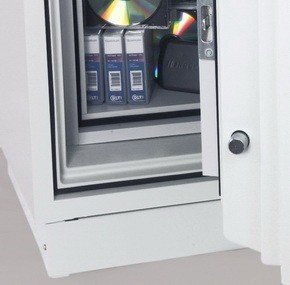
There are a number of external construction features by which you can recognize a fireproof safe.
- Fireproof safes generally have a thick wall structure and a thick safe door. The use of different barrier materials increases the thickness of the wall and the door, but keeps heat out as much as possible.
- The frame of the safe door is provided with a kind of tape (often black). This tape swells in the event of a fire and provides extra sealing
- For fire resistant data safes, a wooden inner box is often used. This is wood-colored or lacquered wood. A wooden inner box can provide a watertight seal.
Nameplate in safe
You can recognize a certified safe by the label on the inside of the safe. This is nameplate (aluminum or sticker) and placed on the back of the safe door. It states whether the safe has been produced and tested under controlled manufacturing according to the specified resistance class.
| Norm | Temperature duration test | Drop test | Paper | Data Media |
| GB16810-1997 | 945 ° C | No |
|
N / A. |
| ETL | 760 ° C | Yes, 4.5m | N / A. |
|
| MTS DIP 120-60DM | 945 ° C | No | N / A. |
|
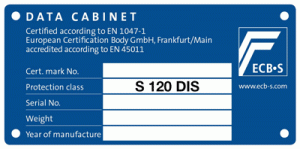 |
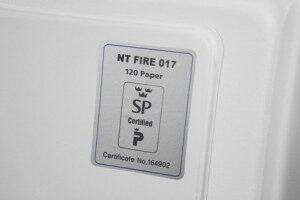 |
| S120DIS according to EN 1047-1 | 120Paper according to NT Fire 017 |
Quality control
A paper certificate is issued to the manufacturer. With this certificate, the manufacturer is authorized to affix the nameplate in the relevant safe. The manufacturing process is supervised by the certification institute and random checks are carried out to ensure the correct manufacturing method. In addition, the manufacturer must comply with the necessary ISO quality procedures.
5. Is a fireproof safe waterproof?
A fire resistant safe is by definition not watertight. With a fire-resistant safe, a distinction is made in which items can be stored. As described above, in addition to a maximum temperature, the humidity for digital and data media should not exceed 85%. This requirement does not apply to paper (documents, files, certificates, contracts, etc.) because they are not destroyed if they get wet.
To meet the moisture requirement of data media, extra (rubber) strips are placed in the inner box so that moisture cannot penetrate. Extinguishing water is kept 'outside' in this way.
 6. What do we do with the safe after a fire?
6. What do we do with the safe after a fire?
After a fire, a safe looks battered and can sometimes hardly be recognized as a safe. The fire burned the paint completely and a (possibly) plastic keyboard was melted. To open the safe, it must be pried open and / or drilled open. However, if all goes well, the items in the safe are still usable after the fire.
After a fire, the safe itself is no longer usable. The barrier materials have changed state and no longer have the absorption capacity as in the original state. The safe has done its job and is no longer usable. A new fireproof safe will once again protect your valuables in a fire!
Looking to secure your valuables in a fireproof safe?
At Simplysafes we offer a wide variety of certified and insurance approved fireproof safes.
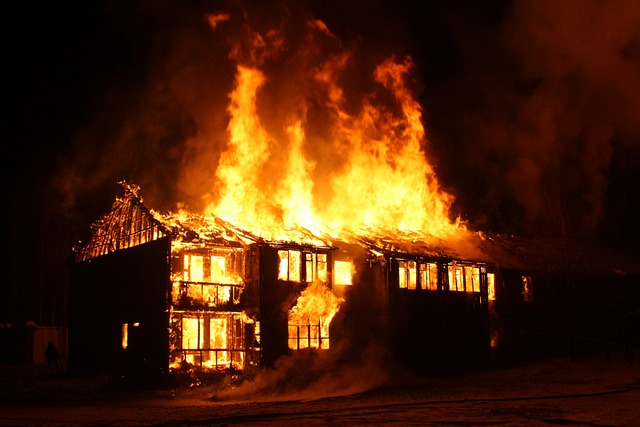
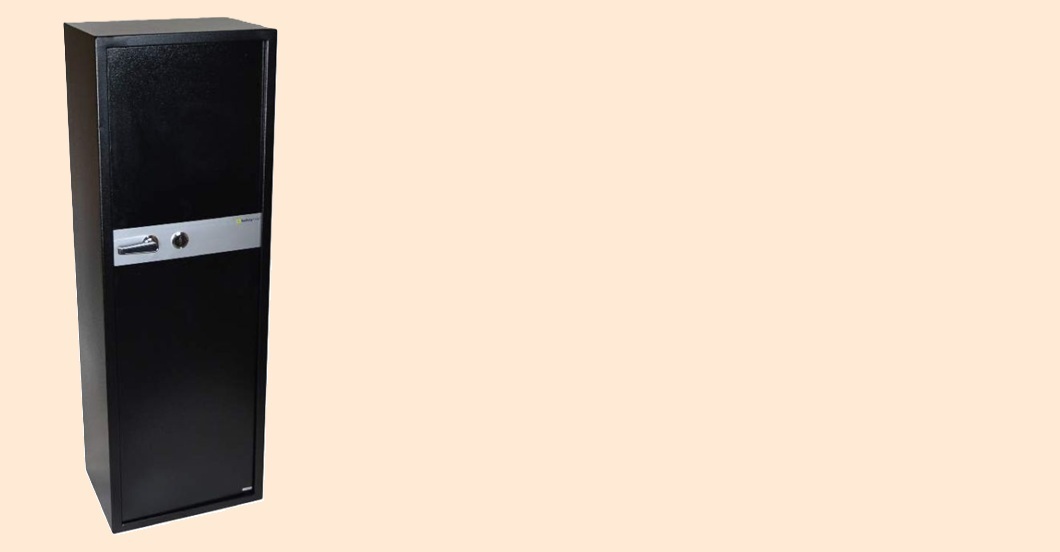


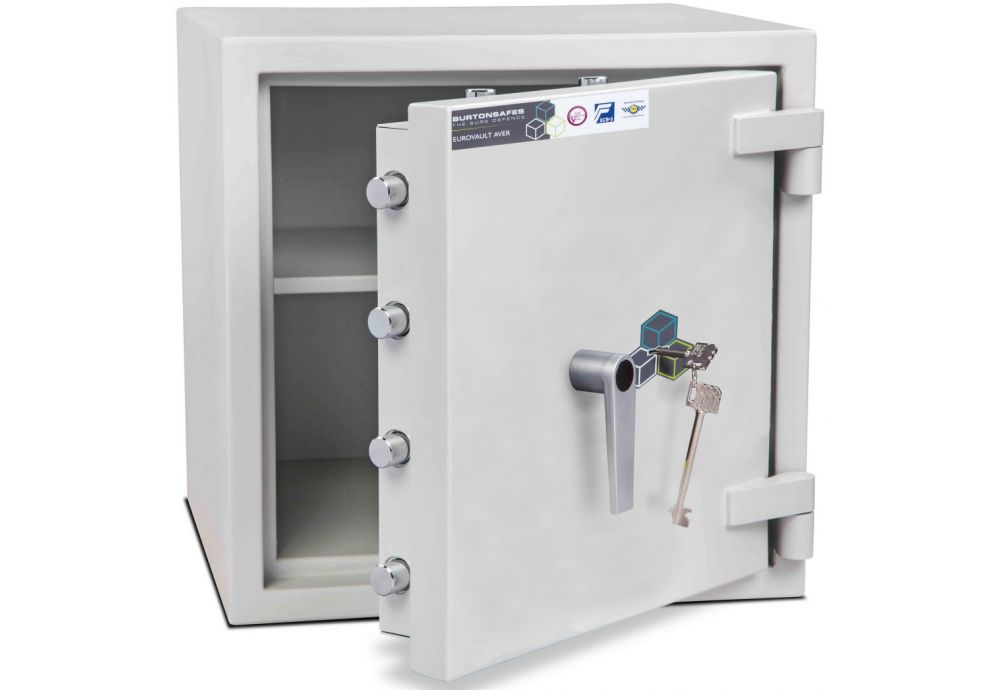
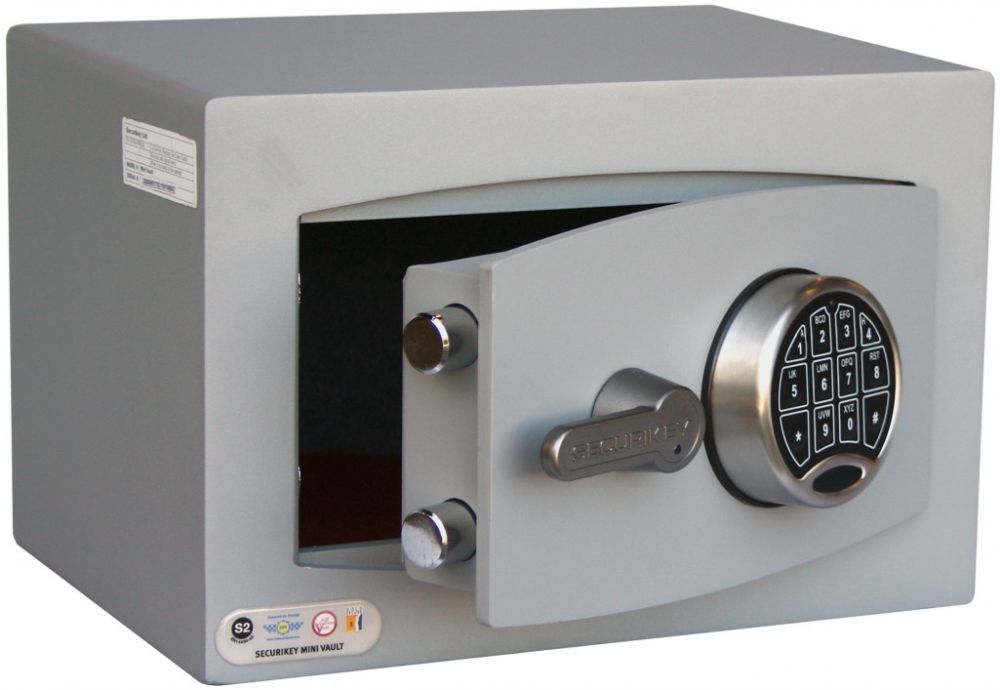
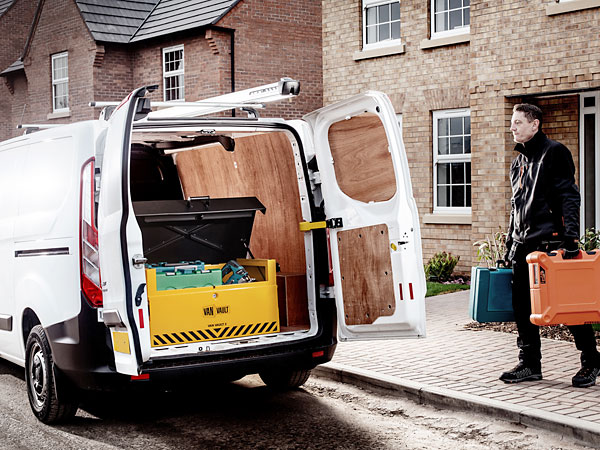
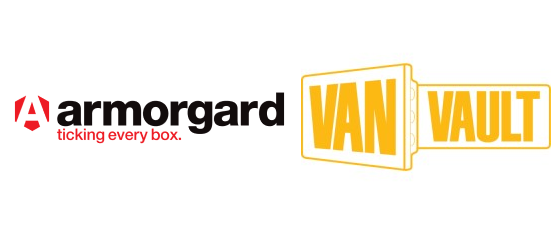
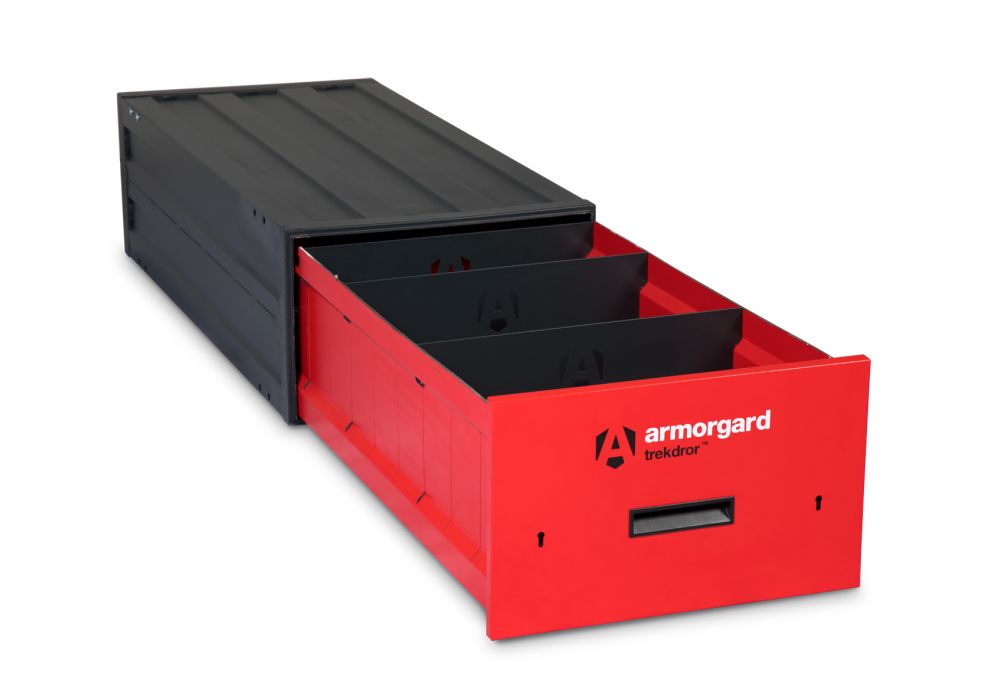
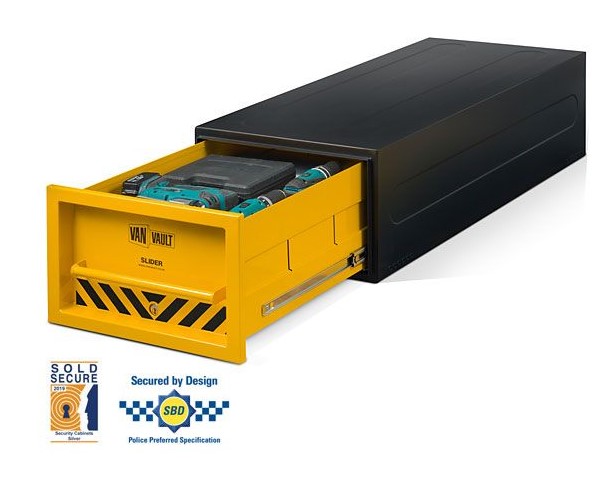
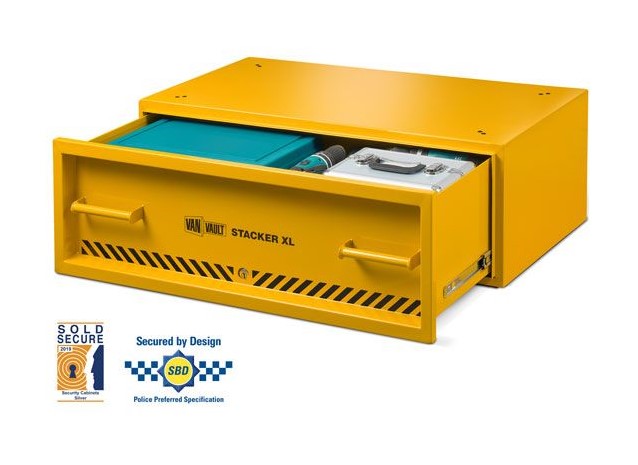
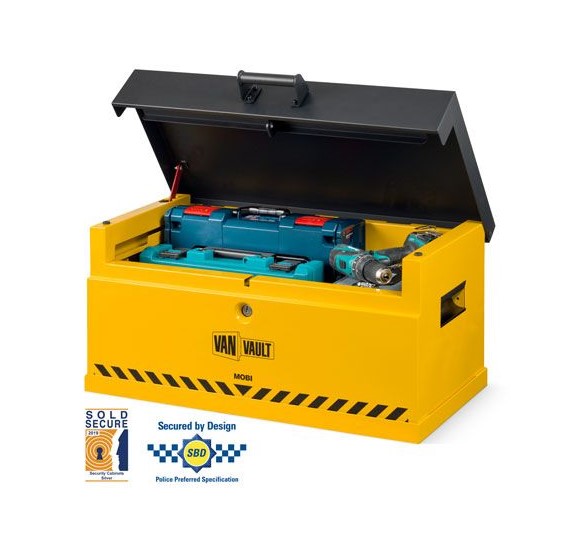
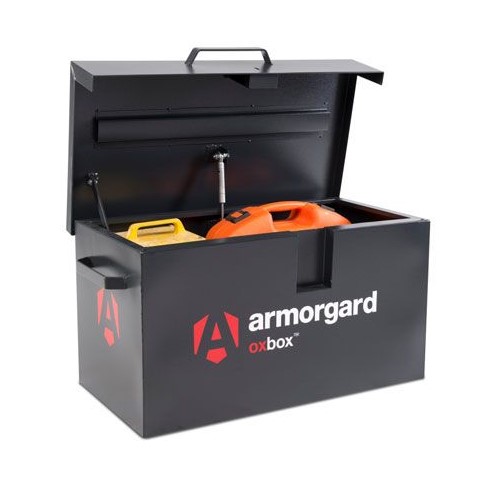
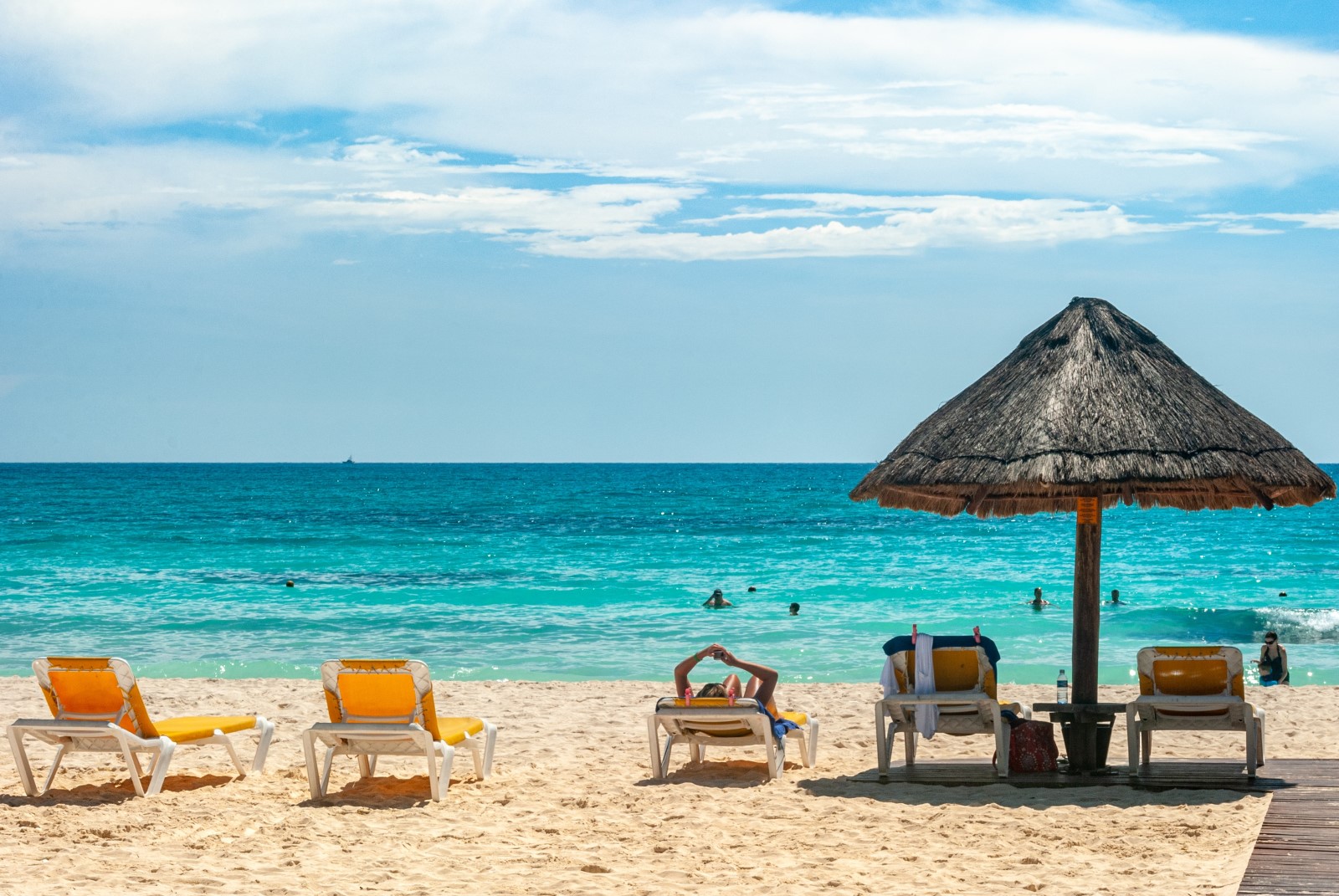

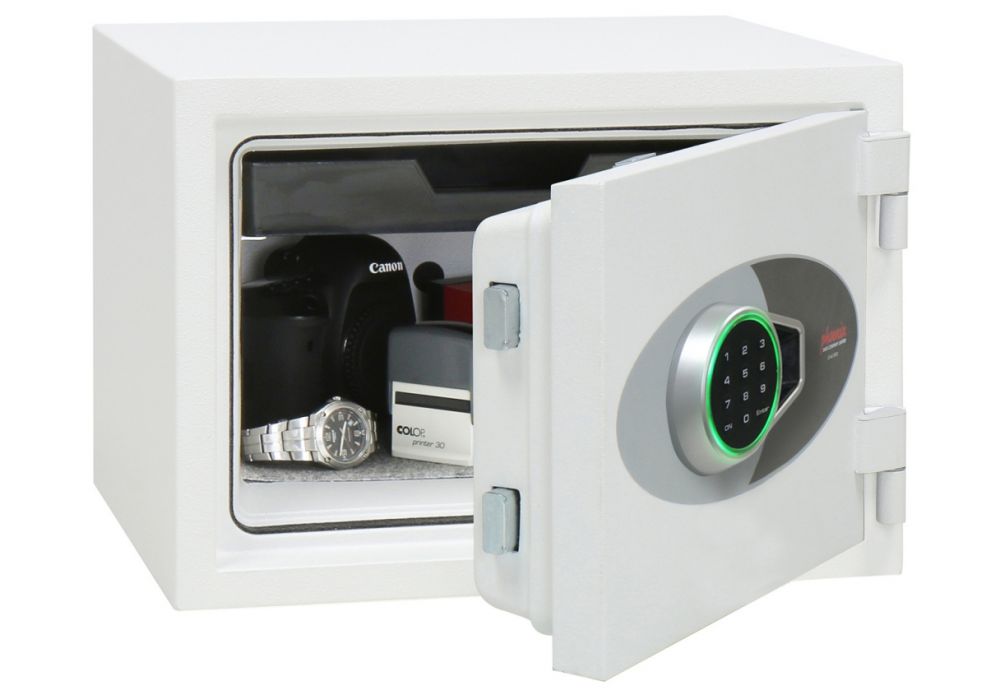
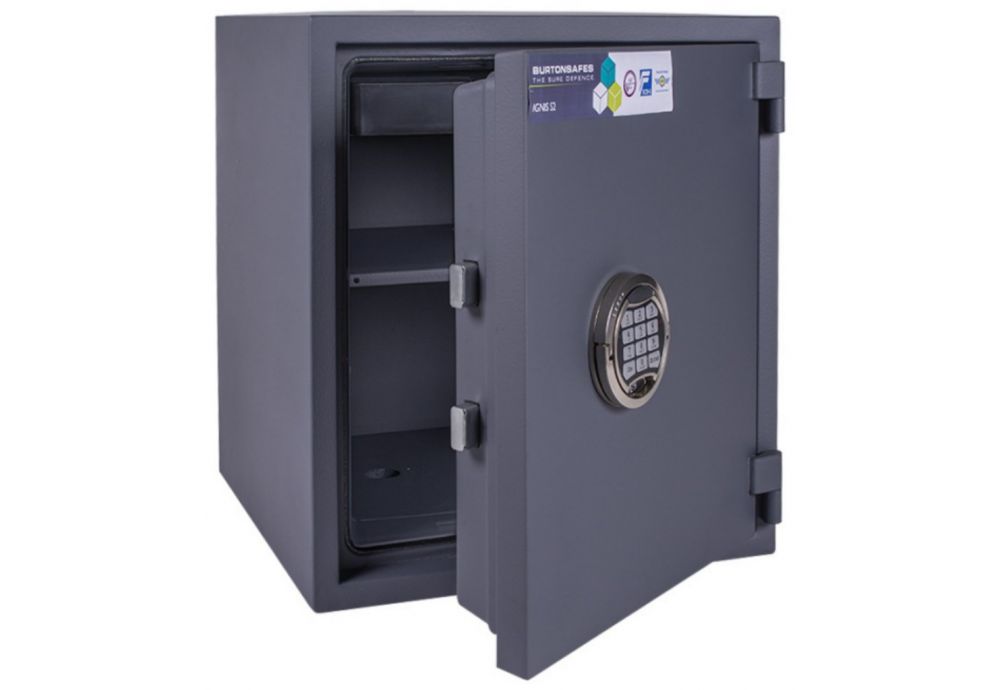
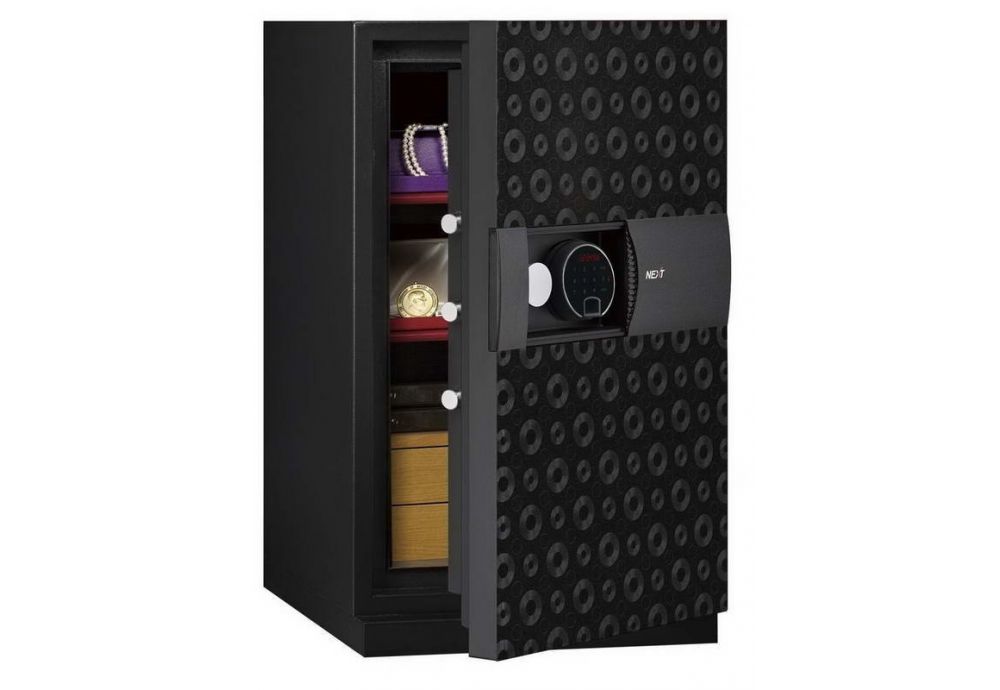
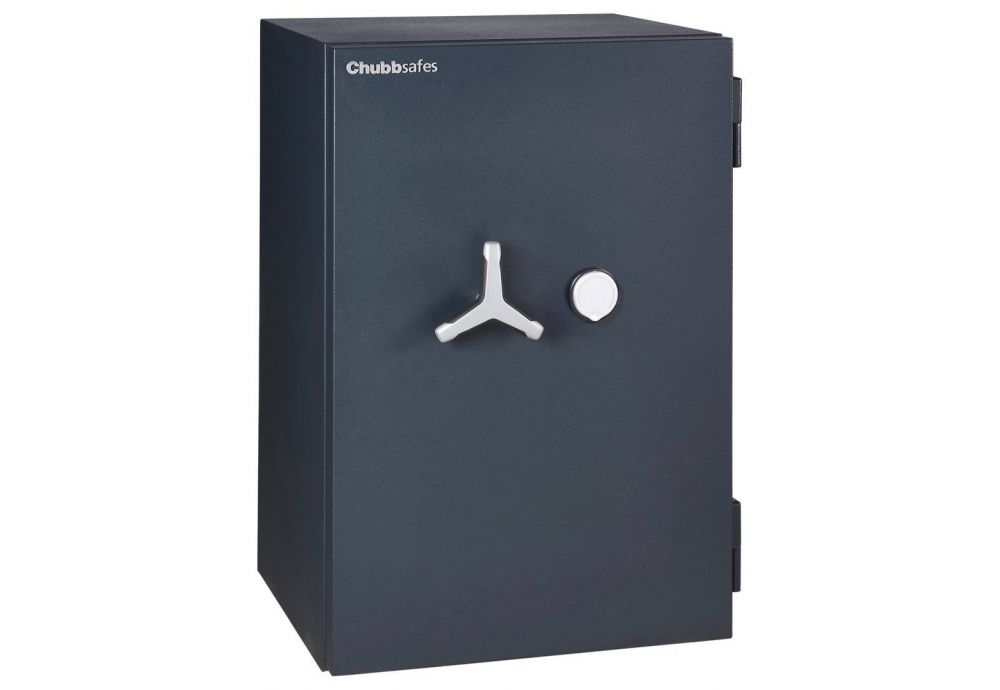
Add a comment